I think a new world of wireless home theater is coming that could explode its popularity, if anyone can put all the pieces together
The 4 key tech developments happening now that could make all the difference
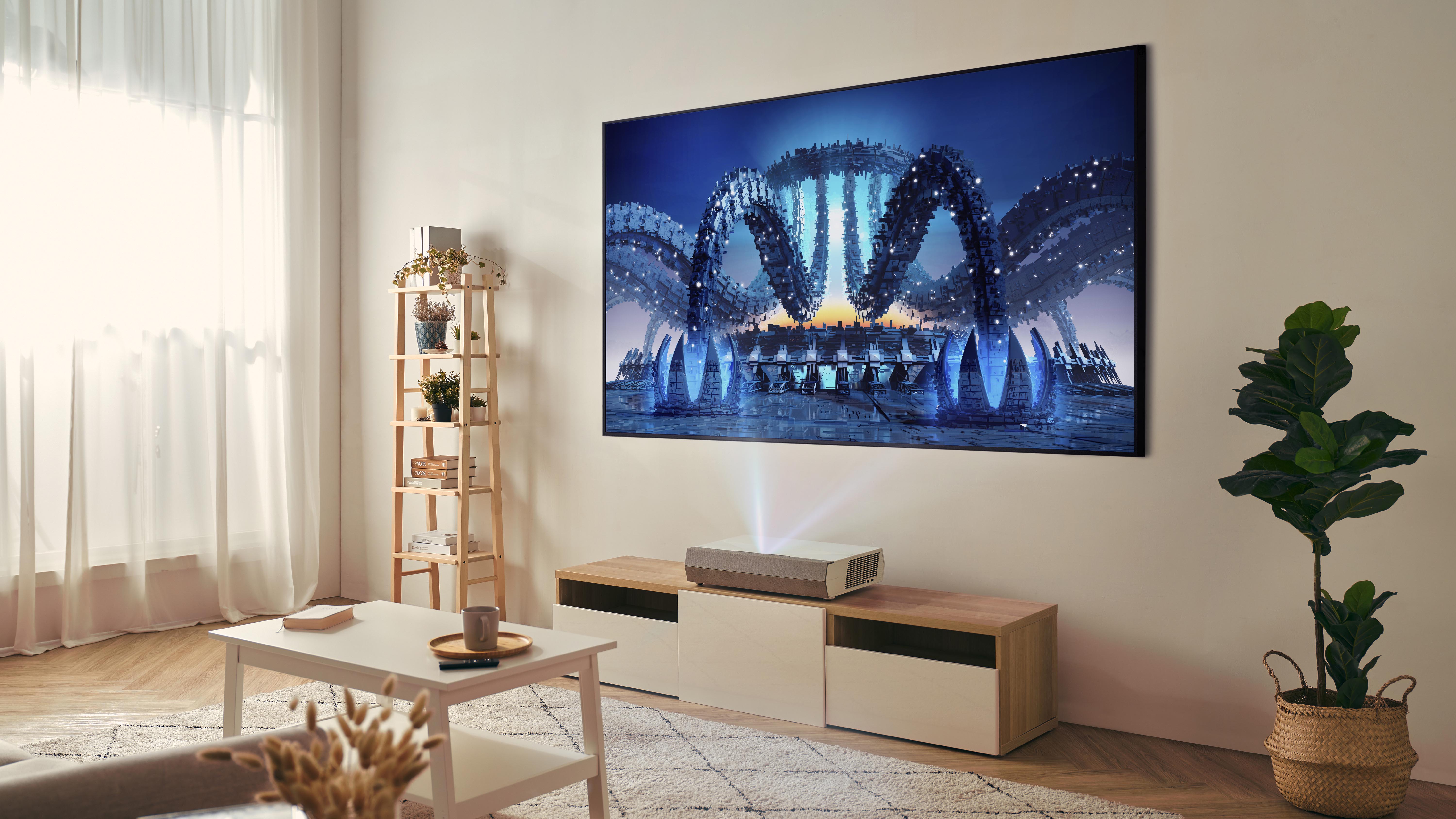
We’re on the cusp of a few interesting breakthroughs in home theater that could make it much more tempting for people to get on board with more serious setups. I’m talking about the huge screens and separate speakers that hardcore home theater fans champion over even the best TVs and best soundbars – but without the inconveniences that stop people from going for these options currently.
In five years, I think the potential for more people to have a serious home theater setup without needing a dedicated room will look very different from now, based on new releases, demos I’ve seen at trade shows, or what I've been shown by companies.
There’s some great emerging tech that will make the difference – but at the moment, it’s all very disparate, full of proprietary tech from companies that don’t tend to work together. Bringing it all together will be a big ask… but if it happens, it’s going to be glorious for those who want the home theater experience without the hassle. Here are the changes coming that could turn the tide.
1. Wireless and flexible sound
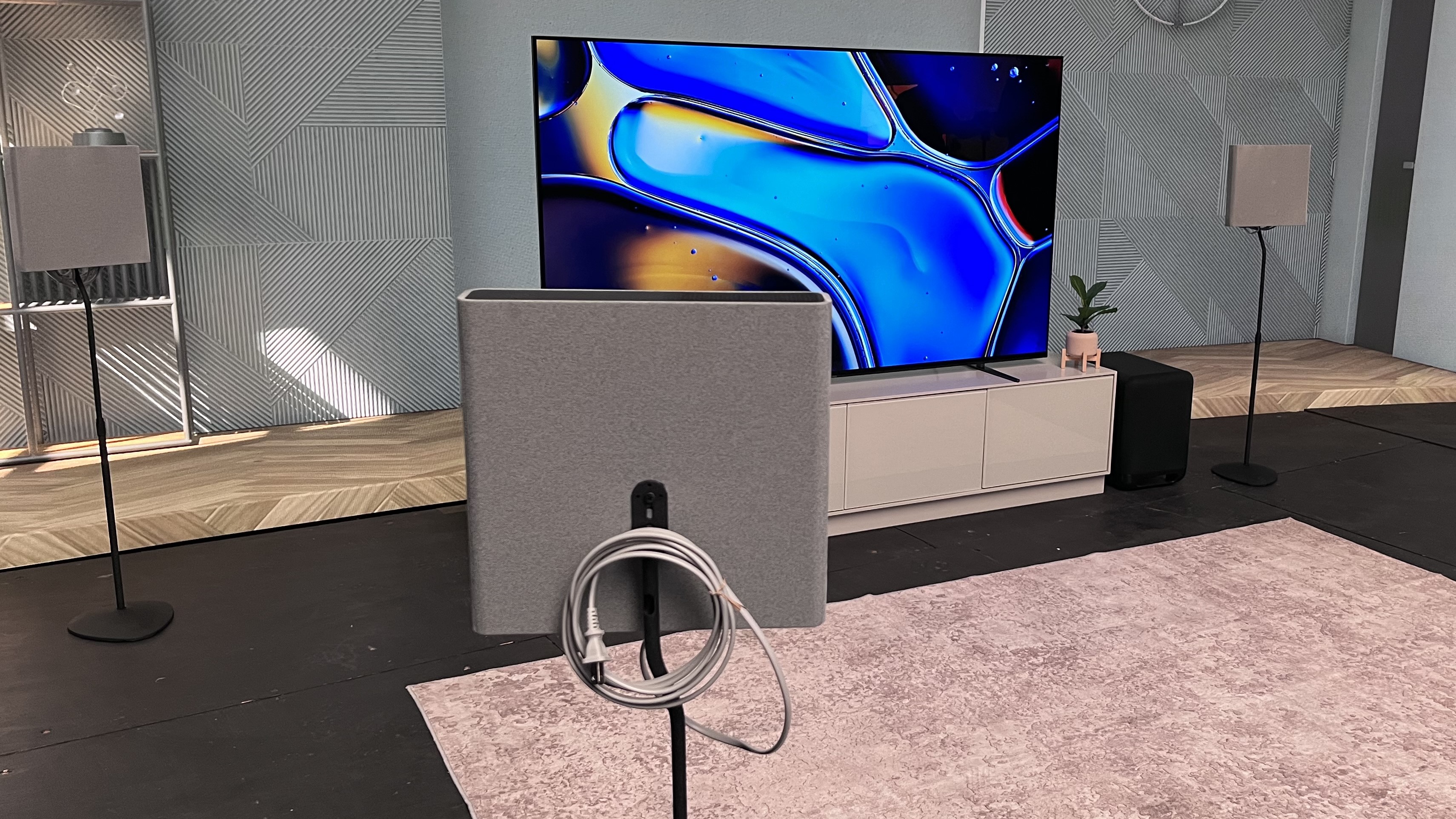
One of the biggest changes will be the explosion of wireless sound options. Right now, we’re seeing the infancy of this: Samsung and LG TVs offer wireless connectivity with their soundbars; Sony’s Bravia Theater Quad system offers easy real surround sound from a wireless HDMI adapter; Dolby Atmos FlexConnect and the new version of DTS Play-Fi promise wireless sound beamed to any compatible speaker system; and Sonos is set to launch a streaming box that will enable you to use Sonos speakers as wireless separates in surround system.
Dolby Atmos FlexConnect is an especially interesting one because the idea of this system is that it doesn’t require you to have speakers in traditional home theater positions, or even in matching pairs – the system will map your room and adjust the sound to give the best experience based on what’s available to you in reality, not in an ideal world of speaker placement. Perhaps Sonos could do the same for its system using its Trueplay room-tuning tech.
Any home theater fan knows that sound is the biggest upgrade when you switch to dedicated gear, but the idea of working out an AV receiver and cabling system means it’s always going to remain of interest to only the most dedicated. Going wireless and convenient could unlock a whole new world of home theater fans, and the tech is more than capable of handling uncompressed DTS-HD and Dolby TrueHD.
However, you might have noticed the thing that could hold it back from taking off, implied in what I’ve written above… lock-in. Right now, all the big wireless sound options are company-specific. Samsung works with Samsung, and LG with LG. Sonos will need an expensive Sonos streamer to work. Even Sony’s option that's theoretically more neutral, thanks to its HDMI adapter, works better with Sony TVs, which it treats as the center channel. Dolby Atmos FlexConnect is a TCL-exclusive option for the foreseeable future (and hasn’t launched yet). Play-Fi won’t be locked in, but interest in it from companies seems minimal to date.
Get daily insight, inspiration and deals in your inbox
Sign up for breaking news, reviews, opinion, top tech deals, and more.
2. Smaller ultra short throw projectors
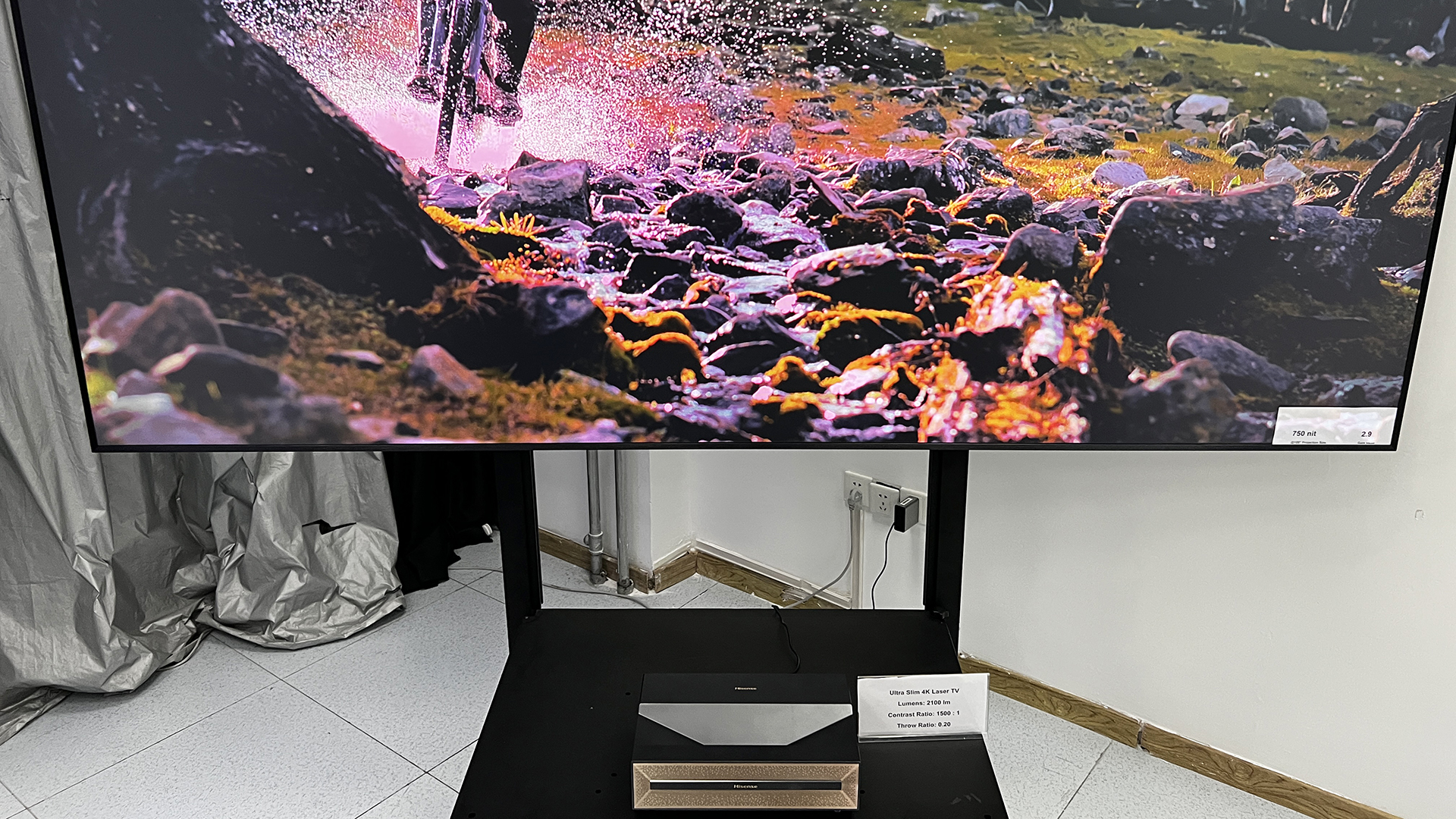
The best ultra short throw projectors will be key to home theater taking off in mixed-use rooms because people can get images up to 150 inches without the expense (and delivery logistics…) of a TV that size, or the need to find a home and uninterrupted beaming corridor for a traditional long or short-throw projector. UST projectors just sit right near the wall, projecting the image upwards perfectly.
But even UST projectors are still hefty and require a larger surface than people want to devote in their living room. Thankfully, a new wave of tiny UST projectors is arriving that could make all the difference as they develop. The most real-world option right now is an absolutely tiny new UST projector from Optoma that takes up barely any room but can project images up to 100 inches in 1080p HD.
Meanwhile, a small 4K JMGO option can hit the same size and promises up to 2,500 ANSO lumens of brightness, which is impressive.
Hisense has shown a prototype of a small UST projector with next-gen laser tech that’s the same level of quality and brightness as the fantastic Hisense PX3-Pro projector (meaning brightness of up to 3,500 ANSI lumens) but is a fraction of the size.
It’s a real working unit now, though it’s not planned for release this year – but in the next few years, if today’s best picture quality can be shown at 120-150 inches and sticks just a handful of inches out from the wall, projection becomes a lot more tempting.
3. Wireless connection boxes
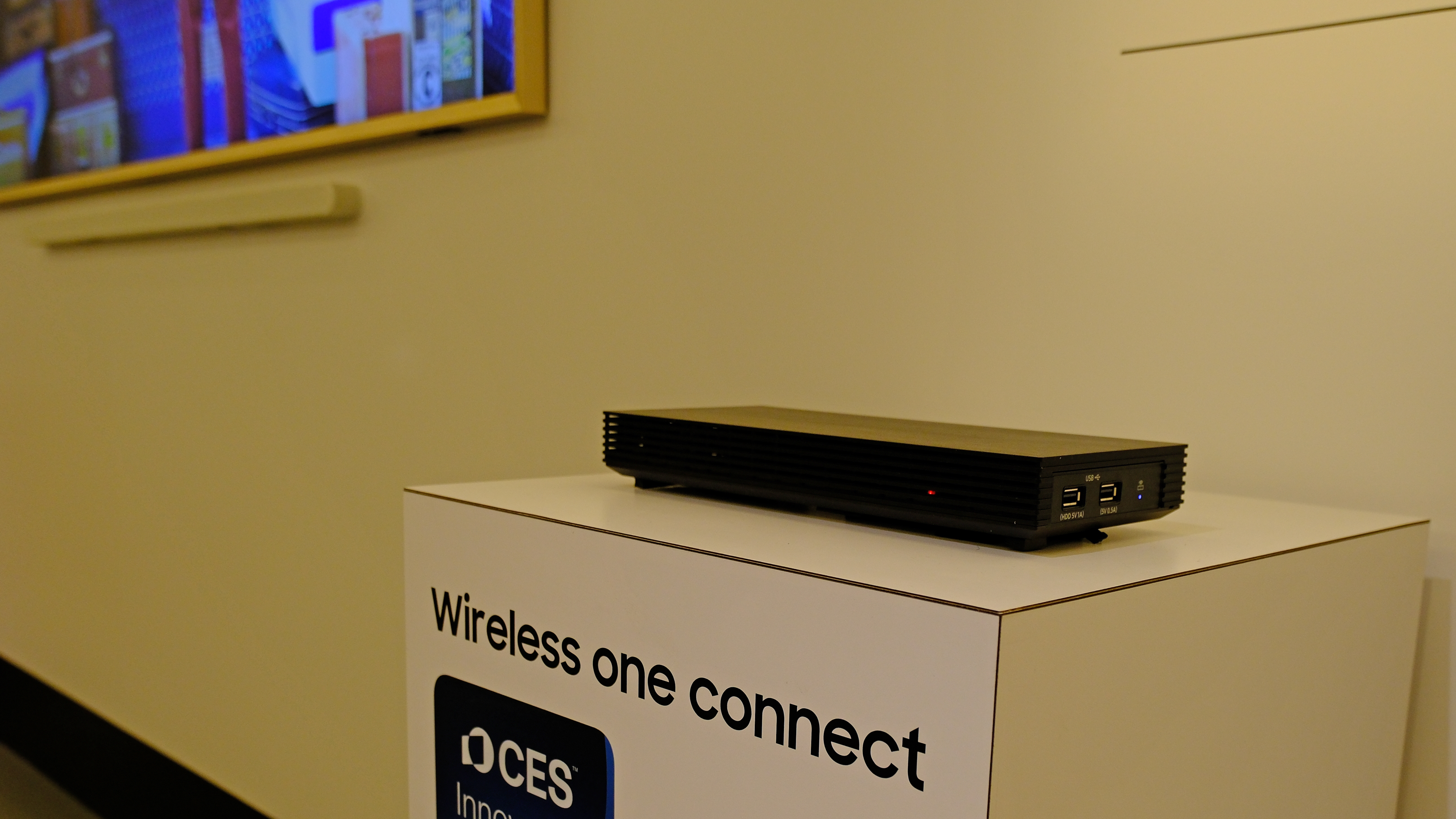
Okay, your tiny projector sits tidily on the edge of your room beaming big images, and it connects wirelessly to your speakers, keeping everything neat and tidy. You don’t then want your games console/set-up box/Blu-ray player all running ugly cables to it, do you? A TV is good at hiding these things behind it, a tiny projector will not be.
2025 is the year that wireless connection boxes for TVs have really landed. LG has had this tech for a couple of years in its M-series of OLED TVs, but this year there will be several models that can receive full-quality 4K HDR 144Hz images from an external box wirelessly. They include the LG M5 OLED TV, LG’s new high-end QNED mini-LED TV, Samsung’s Frame Pro art TV, Samsung’s QN990F 8K TV, and Samsung’s 8K The Premiere projector.
The convenience is that you can shut all the boxes you want to connect to your TV or projector away in a cupboard separate from your screen, giving you way more flexibility over the design and layout of your room.
Obviously, the tech is still cutting-edge right now, so is only in the most expensive models. Over time, hopefully, this will change – perhaps every projector or TV will have the option of using a separately purchased wireless box instead of the built-in connections, so you only need to pay for it if you want it.
4. Better projector screens
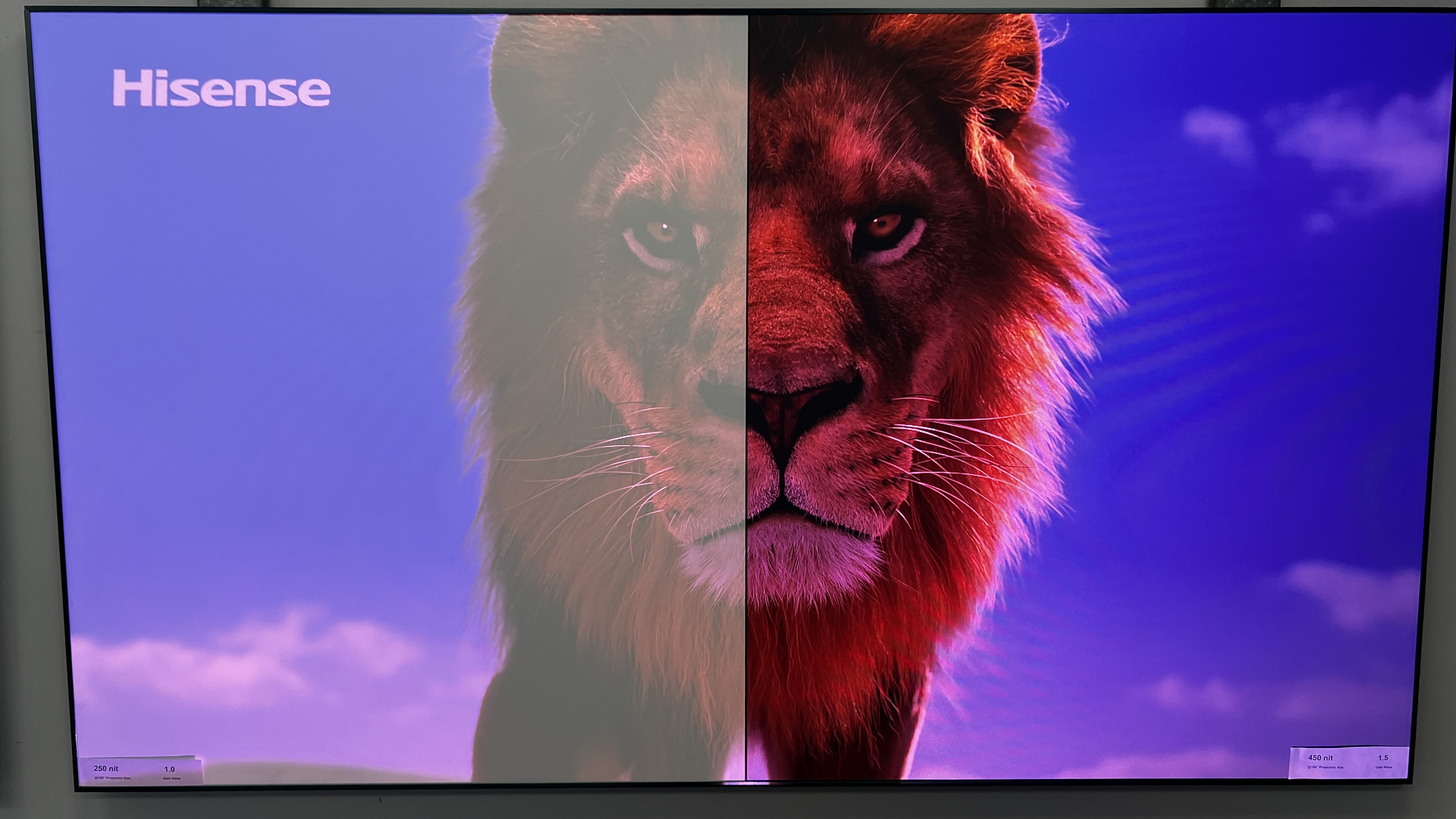
Realistically, my hope of having smaller projectors means we can’t expect them to be any brighter than today’s, and if you have a bright room, this may be a problem – so projector screens with ambient light rejection will be essential. I discussed the advantages of ALR projector screens in this article, so I won’t go into all the details here, but here’s the short version: an ALR screen reflects light from the projector's particular angle toward your eyes, and avoids reflecting light from other angles towards you, meaning that the image you see is brighter, colors are richer, and black tones look deeper.
Hisense says that its newest generation of screen can raise the real-world brightness of the PX3-Pro’s projector to 700 nits, putting it in line with mid-range TVs… but obviously, at a much larger size than mid-range TVs.
ALR screens are, however, really quite expensive at the moment. If more companies can do what Hisense does, and bundle them with projectors for a great overall price, then that will be a key part of making sure projectors can fully serve as TV replacements.
It's all got to come together, though…
As I mentioned at the top, this might all come to nothing if we can't get the ecosystem right. But these days, tech companies are leaning so hard into ecosystems being a way to sell a second product of their own, rather than to launch something new and expansive, that it's far from certain that the big companies will support the interoperability needed bring this all together.
It's not impossible (if I were Sonos, trying to regain good word-of-mouth after my app debacle, maybe I'd try working with other companies to offer something new; if I were Hisense, maybe I'd try being open to working with others as a way to get one over on Samsung and LG), but we're going to need this to develop just as quickly as the tech itself to achieve the easy home theater dream.
You might also like…
- I tested Sony’s Bravia Projector 8, and its class-leading motion handling and ultra-low input lag make it fantastic for gaming
- Movie sales – including 4K Blu-ray – fell again last year, but if you're going streaming only, you're massively missing out
- Optoma's new 4K laser projector promises high brightness with both Dolby Vision and HDR10+, so it knows what to do with it

Matt is TechRadar's Managing Editor for Entertainment, meaning he's in charge of persuading our team of writers and reviewers to watch the latest TV shows and movies on gorgeous TVs and listen to fantastic speakers and headphones. It's a tough task, as you can imagine. Matt has over a decade of experience in tech publishing, and previously ran the TV & audio coverage for our colleagues at T3.com, and before that he edited T3 magazine. During his career, he's also contributed to places as varied as Creative Bloq, PC Gamer, PetsRadar, MacLife, and Edge. TV and movie nerdism is his speciality, and he goes to the cinema three times a week. He's always happy to explain the virtues of Dolby Vision over a drink, but he might need to use props, like he's explaining the offside rule.
You must confirm your public display name before commenting
Please logout and then login again, you will then be prompted to enter your display name.